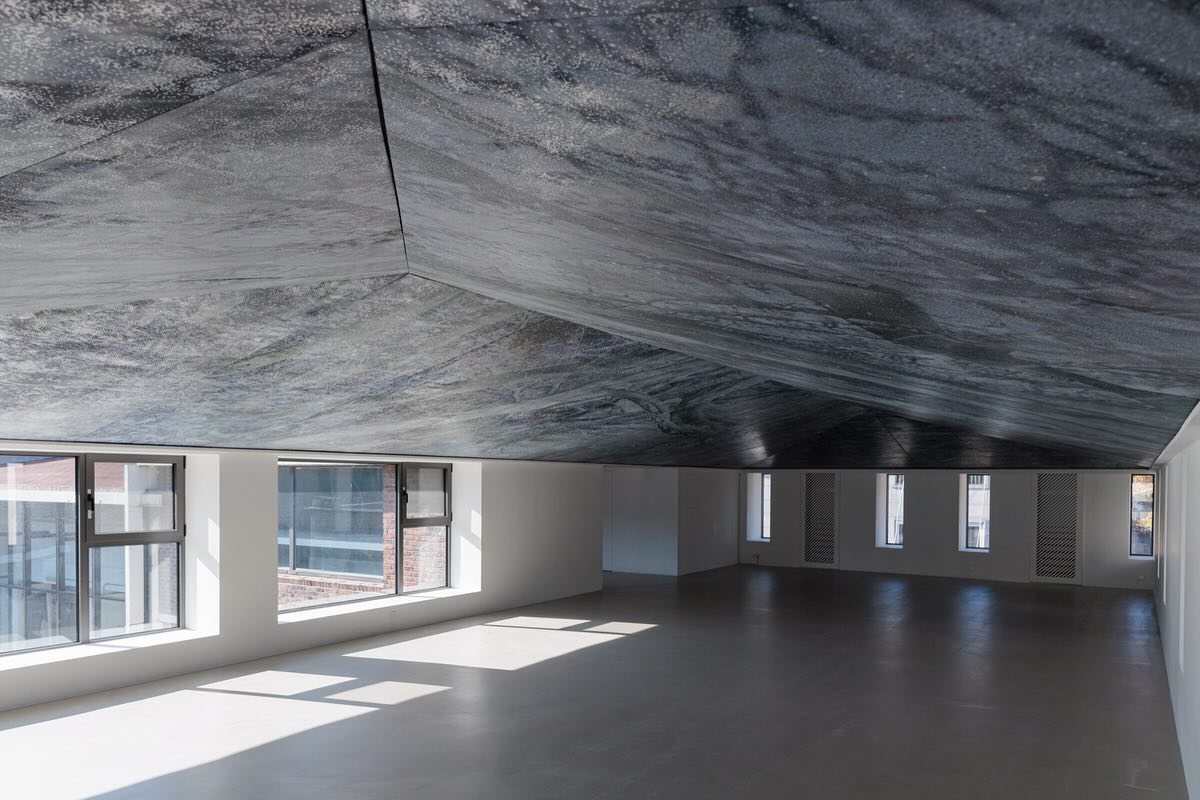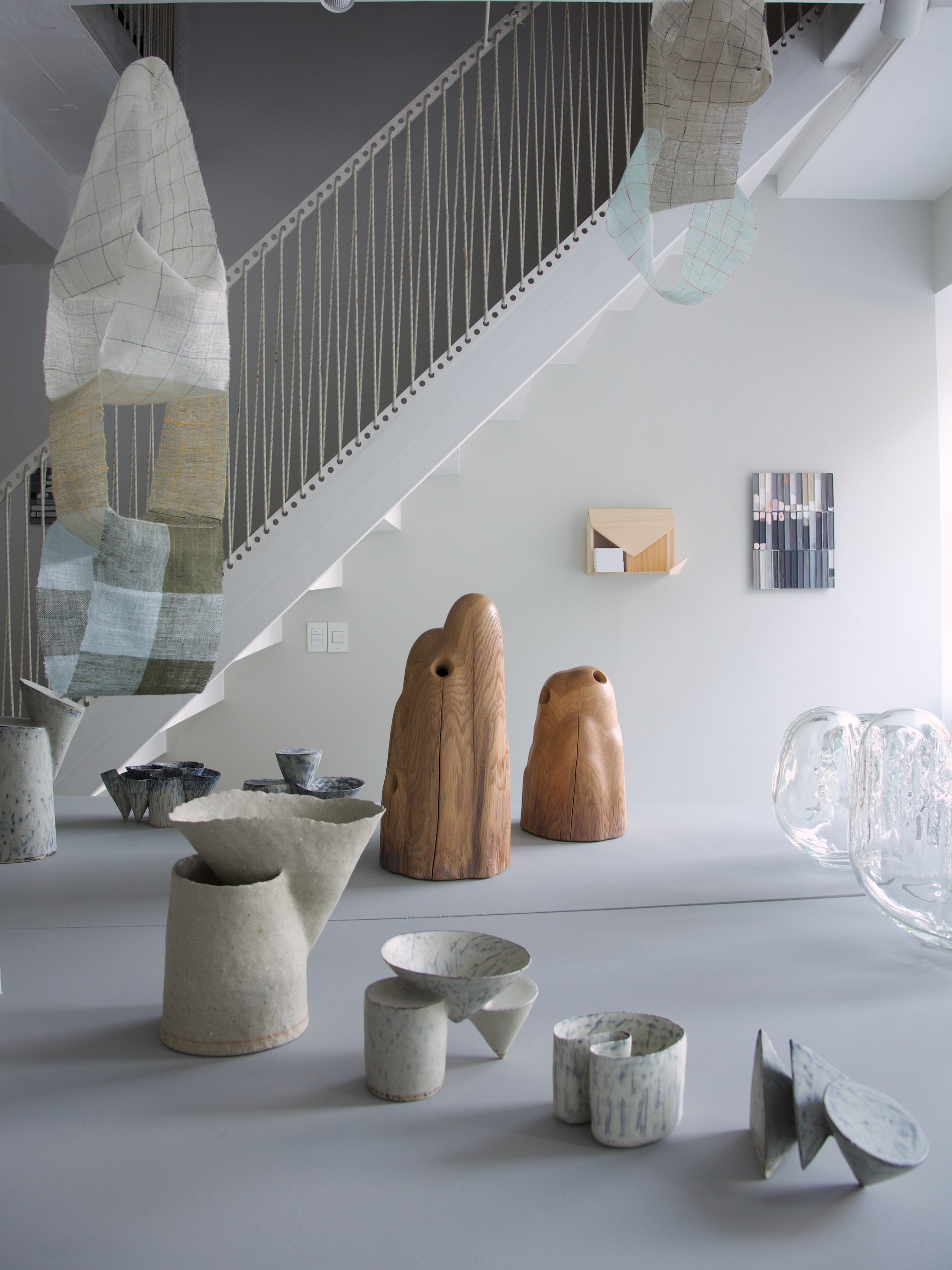Today, elements of arts and crafts are being integrated. Contemporary art and crafts are pushing the boundaries and challenging conventional definitions and categories of traditional art, offering new possibilities for experimentation.
 Photo by SwapnIl Dwivedi, Unsplash.
Photo by SwapnIl Dwivedi, Unsplash.Crafts, traditionally viewed as everyday objects, have often been undervalued as an art form compared to painting or sculpture. In many traditional societies, those of lower status, particularly women, were frequently the creators of these craft items. Despite their significant contributions to the culture of craftwork, these artisans often remained anonymous.
Today, elements of arts and crafts are being integrated. Contemporary art and crafts are pushing the boundaries and challenging conventional definitions and categories of traditional art, offering new possibilities for experimentation.
The elevated status of crafts began in the mid-1800s. A British craftsman and poet, William Morris, rebelled against the Industrial Revolution and emphasized the importance of handmade crafts, leading the Arts and Crafts Movement. This movement later contributed to the formation of new movements, such as Art Nouveau.
Through the Bauhaus, a school of design, the boundaries between art and craft were further eroded as the 20th century began. The Bauhaus sought to place everyday life, architecture, design, applied arts, and performance art on an equal footing with fine art and aimed to integrate art and technology. Notable artists such as Wassily Kandinsky, Paul Klee, and Piet Mondrian were part of the Bauhaus faculty, and their creation of simple and refined modern designs had a significant influence on architecture, art, and design.
 Do Ho Suh, 'Passage/s,' 2017. Installation view, Victoria Miro, London. Polyester fabric, stainless steel. Image courtesy the artist and Victoria Miro, London and Venice, © the artist. Photograph: Thierry Bal.
Do Ho Suh, 'Passage/s,' 2017. Installation view, Victoria Miro, London. Polyester fabric, stainless steel. Image courtesy the artist and Victoria Miro, London and Venice, © the artist. Photograph: Thierry Bal.Now that mediums and forms are no longer limited, many artists incorporate craft elements into their work without consciously trying to integrate art and craft. Conceptual artist Kimsooja, for example, creates pieces using common items like traditional Korean cloth bundles and bedding. Another artist, Do Ho Suh, uses fabric to meticulously recreate the spaces of his past residences. Similarly, artist Yeesookyung reassembles broken pottery fragments into newly interpreted ceramic artworks.
Similar to the West, crafts were not highly regarded in traditional Korean society. With the introduction of modern education in the early 20th century and the arrival of modern Western culture in Korea through study abroad in Japan, crafts took on a modern meaning and began to be recognized as an art form. However, this situation diverged from the traditional field of craft in Korean society.
For instance, in early modern Korea, numerous women traveled to Japan to study embroidery, yet their achievements have not been adequately recognized. When Ewha Womans University, Korea’s first institution of higher education for women, established its art college in 1945, it began with the Department of Embroidery, not the Department of Painting. This indicates that in Korean society, craftsmanship was a field chosen by women who were not allowed the freedom to engage in creative pursuits, suggesting its social status at the time.
 Exhibition view of “TIME/MATERIAL: Performing Museology,” Coreana Museum of Art & Coreana Cosmetics Museum, Seoul. (March 2, 2023 - June 10, 2023). Photo by Aproject Company.
Exhibition view of “TIME/MATERIAL: Performing Museology,” Coreana Museum of Art & Coreana Cosmetics Museum, Seoul. (March 2, 2023 - June 10, 2023). Photo by Aproject Company.After the 19th century, crafts that were recognized as art forms included metalwork, ceramics, woodworking, lacquerware, textile arts, and glasswork. The international expositions held during this period and the influence of Japan played a significant role in shaping a new perception of modern crafts in Korea. This led to solo exhibitions of craftsmen from the craft departments of the Korea Art Exhibition and the Korea National Art Exhibition, which influenced the way people understood craft as a form of art.
The first scholarly attempt to explore modern Korean crafts was made by Lee Kyungsung, who later served as the director of the National Museum of Modern and Contemporary Art, with his book Introduction to Crafts published in 1964. Subsequently, in the mid-1990s, Choi Gongho published the first book on Korean modern and contemporary crafts. In 1999, the National Museum of Modern and Contemporary Art held the exhibition Glimpse into Korean Modern Crafts, which introduced Korean crafts from the 19th century to the 1960s, providing a new understanding and evaluation of the role of crafts in modern Korean art.
 Partial exterior view of Seoul Museum of Craft Art, Seoul. Courtesy of the museum
Partial exterior view of Seoul Museum of Craft Art, Seoul. Courtesy of the museumDominated by the hierarchy of painting, sculpture, architecture, and crafts, art history has primarily focused on painting. However, in Korea, research on modern and contemporary crafts began in earnest around the 2000s. During this period, the craft market in Korea also experienced rapid growth, reaching an annual scale of around 16 trillion won.
Recognizing the cultural and economic potential, Cheongju hosted the first Cheongju Craft Biennale in 1999, aiming to elevate the value of crafts in the cultural industry and education. In April 2000, the Korea Craft & Design Foundation was established. Most recently, the only public museum in Korea dedicated to crafts, the Seoul Museum of Craft Art (SeMoCA), opened in 2021. These institutions shed light not only on Korean craft culture but also on the connections between various genres, including contemporary art.
Crafts are now explored as a form of artistic expression and cultural reflection and are no longer limited to functional objects. Through these Korean craft institutions, it is anticipated that progressive approaches and collaborations will be adopted in the fields of crafts and contemporary art, thereby playing a crucial role in advancing contemporary art.













